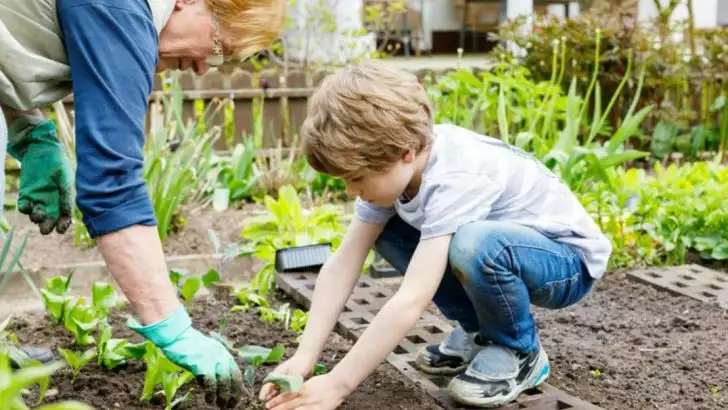Gardening isn’t just dirt and plants—it’s a powerful lifeline for those battling Alzheimer’s. When words slip away and memories fade, the garden whispers stories in colors, scents, and touch. These 23 activities aren’t just tasks—they’re bridges, connecting hearts and minds in ways medicine can’t. From planting seeds to feeling soil between fingers, every moment spent outside sparks calm, joy, and a gentle reminder of life’s beauty. Gardening becomes more than a hobby—it’s a form of connection, a quiet rebellion against forgetfulness. Get ready to dig in, grow hope, and watch relationships bloom in the most unexpected places.
Planting Sensory Herbs
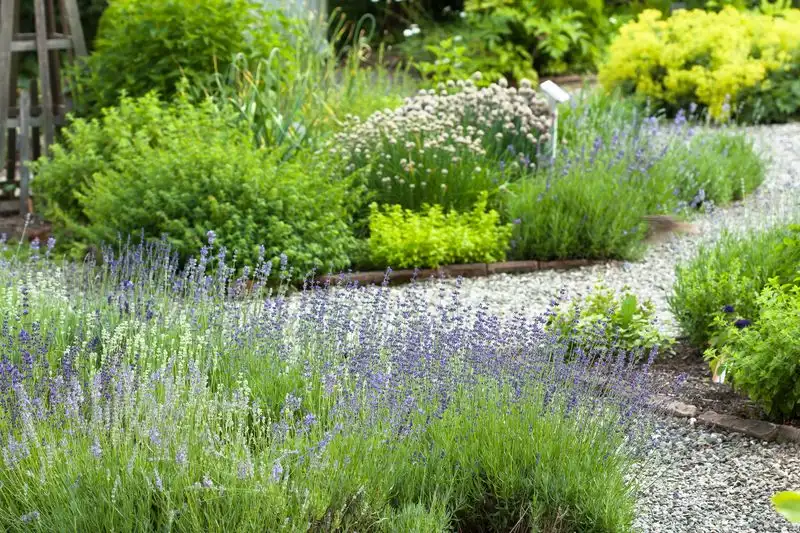
Imagine the delight of rubbing fresh mint leaves between your fingers or the soothing aroma of lavender. Sensory herbs like these can engage multiple senses for Alzheimer’s patients, offering therapeutic benefits. Planting these herbs provides a simple, hands-on activity that stimulates the mind and nurtures a sense of purpose.
A garden filled with sensory herbs invites exploration and interaction, allowing patients to connect with nature. Caregivers and family members can join in, making it a social activity that promotes bonding and conversation. The memories evoked by these familiar scents can spark joy and recollection.
Creating Bird Feeders
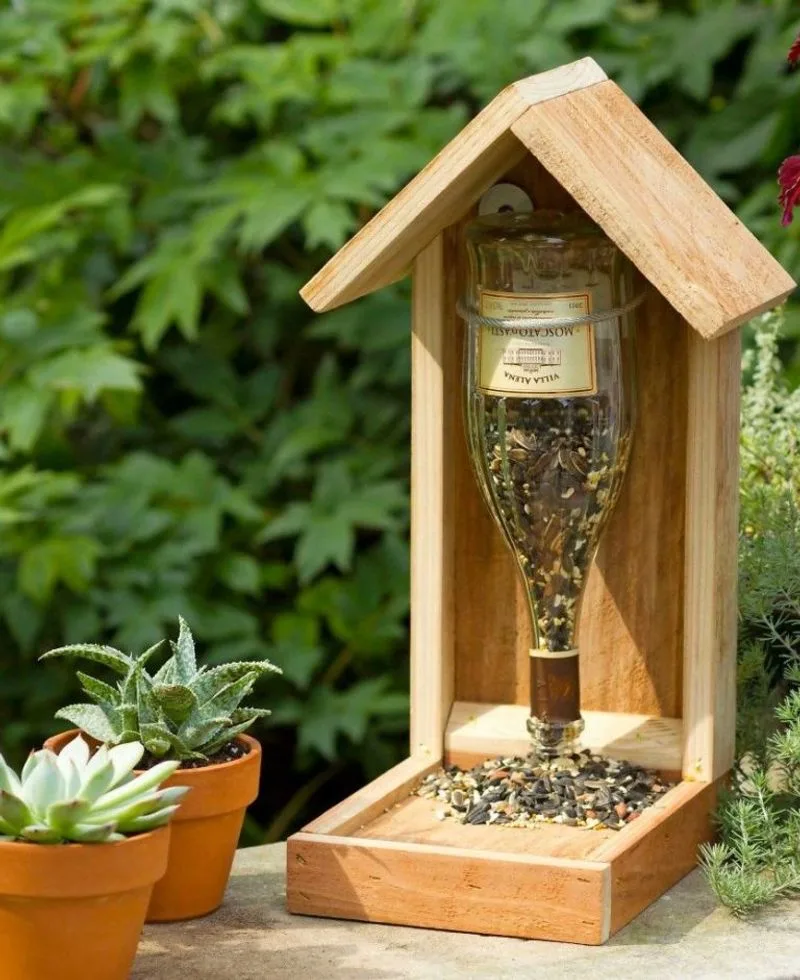
Birdsong can bring tranquility and a sense of timelessness to a garden. Creating bird feeders is a wonderful way for Alzheimer’s patients to attract these melodic visitors. This straightforward craft not only fosters creativity but also encourages fine motor skills and concentration.
Watching the birds visit their handcrafted feeders becomes a daily joy, stimulating observation and discussion. It connects patients to the rhythms of nature and provides a topic for shared experiences with family and friends. The cheerful chirping adds a lively dimension to the garden, offering continuous engagement.
Painting Garden Stones

Painting garden stones can be an expressive outlet for creativity and a delightful way to personalize a garden. Alzheimer’s patients may find joy in selecting colors and patterns, allowing their artistic side to flourish. Each stone becomes a unique canvas, reflecting personal expression.
This activity encourages focus and provides a sense of accomplishment, enhancing self-esteem. Placing the painted stones around the garden offers visual interest and marks a personal touch, inviting admiration and conversation. These vibrant creations are lasting mementos of time well spent, adding charm to any garden path.
Growing a Vegetable Patch
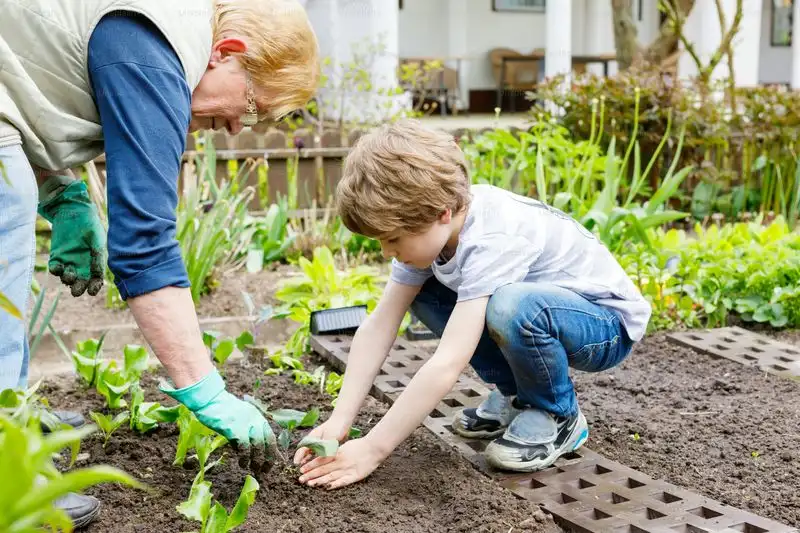
Cultivating a vegetable patch brings the rewarding experience of nurturing life from seed to harvest. Alzheimer’s patients can participate in planting, watering, and watching their vegetables grow, providing a sense of fulfillment. This activity encourages routine and responsibility, offering cognitive stimulation.
The anticipation of picking fresh produce adds excitement and a tangible goal. Sharing the harvest with family or using it in meals creates a deeper connection to the food and the garden. It fosters a sense of achievement and can rekindle fond memories of gardening in the past.
Building a Butterfly Habitat
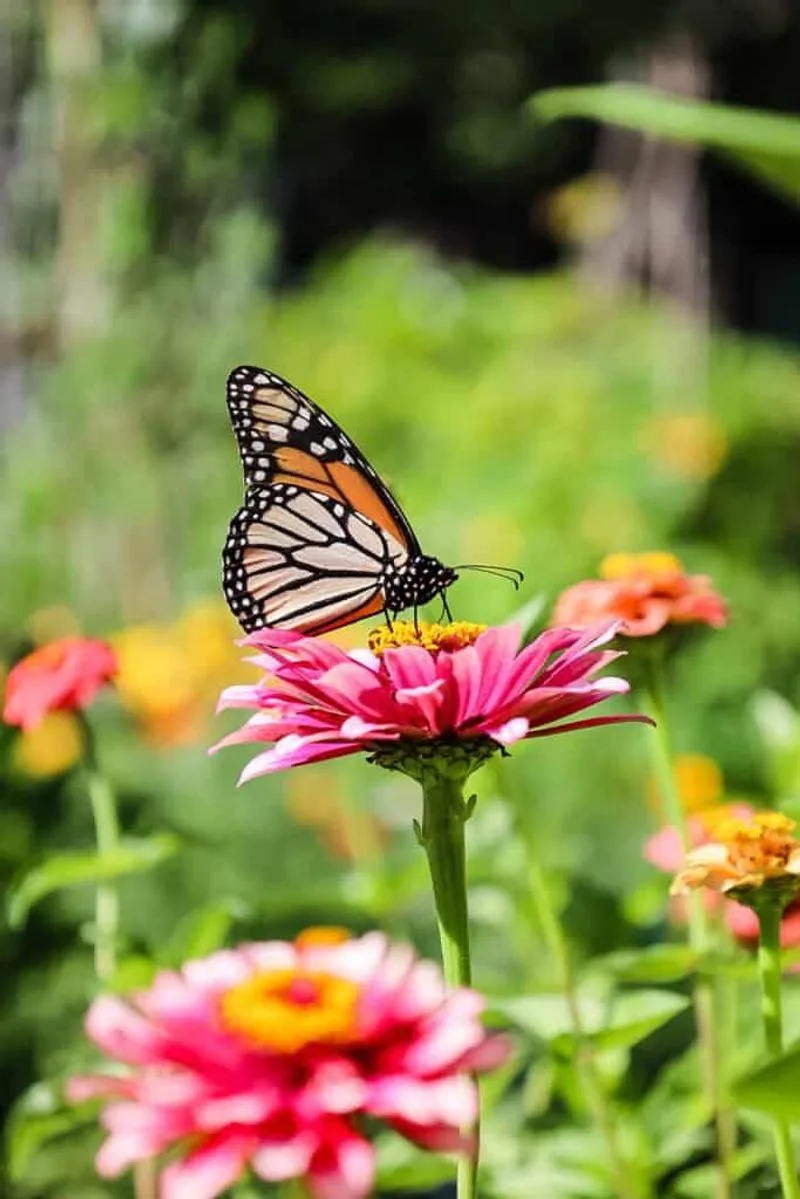
Creating a butterfly habitat transforms a garden into a vibrant haven of life and color. Alzheimer’s patients can enjoy planting nectar-rich flowers and observing the butterflies as they visit. This activity promotes engagement with nature and stimulates curiosity about these delicate creatures.
The presence of butterflies adds beauty and vitality, offering continuous entertainment. Building the habitat becomes a collaborative project, fostering social interaction and teamwork. Witnessing the lifecycle of butterflies can evoke wonder and joy, connecting patients to the natural world in a meaningful way.
Hosting Tea Parties

A garden tea party offers a charming setting for social interaction and relaxation. Alzheimer’s patients can take part in setting the table or preparing simple snacks, fostering a sense of involvement. The peaceful ambiance of a garden enhances the enjoyment of tea, encouraging conversation and laughter.
Sharing stories and memories around a tea table can deepen connections with family and friends. The visual beauty of the surroundings complements the experience, making it memorable. This activity combines sensory pleasures with social engagement, creating an uplifting atmosphere that resonates with warmth.
Engaging in Garden Yoga

Garden yoga offers a harmonious blend of physical activity and natural tranquility. Alzheimer’s patients can enjoy gentle movements and stretches amidst the calming environment of a garden. This practice enhances flexibility, balance, and relaxation, promoting physical well-being.
The connection between mind and body is nurtured through breath and movement, encouraging mindfulness. Yoga in a garden setting amplifies the benefits, as patients draw energy from nature. This holistic approach fosters peace and contentment, providing a refreshing break from routine. The practice can be tailored to individual needs, ensuring accessibility.
Crafting Floral Arrangements
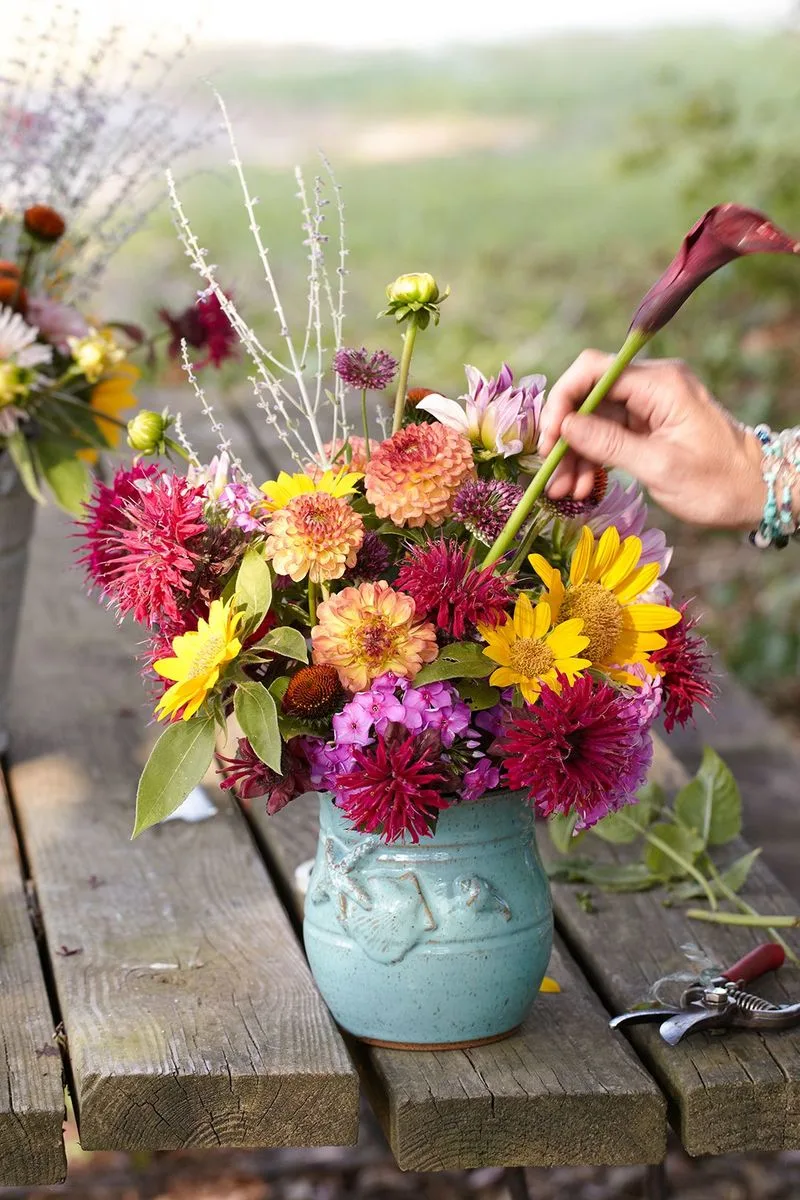
Crafting floral arrangements allows Alzheimer’s patients to explore colors, shapes, and textures, creating beauty with their own hands. This engaging activity stimulates creativity and offers tactile enjoyment. Selecting and arranging flowers can be both calming and invigorating.
The completed bouquet serves as a centerpiece that brightens any space and invites admiration. Sharing the arrangements with others fosters connection and appreciation. This activity encourages focus and provides a sense of accomplishment, leaving patients with a tangible reminder of their creative expression.
Exploring Aromatherapy
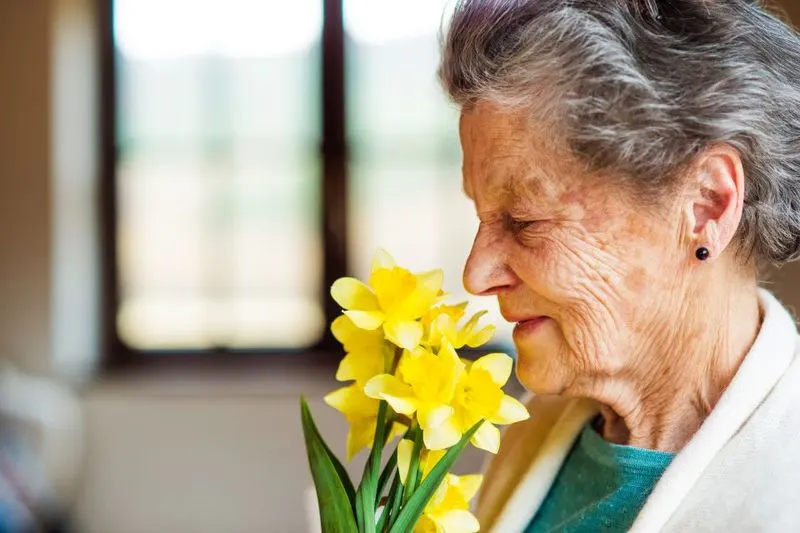
Aromatherapy in the garden engages the olfactory senses, offering Alzheimer’s patients a therapeutic sensory experience. Patients can explore a variety of fragrant plants, such as lavender, rosemary, and thyme, known for their soothing properties. This activity encourages exploration and interaction with nature.
The scents evoke memories and emotions, potentially sparking recollection and conversation. Sharing these experiences with caregivers or loved ones enhances connection and understanding. The garden becomes a sanctuary of calm and inspiration, where sensory delights promote well-being and relaxation.
Creating a Memory Garden

A memory garden serves as a tranquil space for reflection and remembrance. Alzheimer’s patients can contribute by choosing plants or personal items to include, making it a deeply personal project. The garden becomes a living testament to cherished memories and relationships.
Family members can participate, sharing stories and recollections, strengthening bonds and understanding. This activity provides emotional solace and a sense of continuity, connecting the past with the present. The memory garden offers comfort and inspiration, a sacred place to honor loved ones and shared experiences.
Harvesting Herbs for Cooking

Harvesting herbs for cooking connects Alzheimer’s patients with nature and the culinary arts. This activity offers sensory engagement, as patients touch, smell, and taste the plants. The process of picking and preparing herbs for meals provides a sense of achievement and purpose.
Incorporating the herbs into cooking can rekindle a love for food and creative expression. Sharing meals with family enhances social bonds and appreciation for the fruits of one’s labor. This activity nurtures both body and soul, turning simple ingredients into shared culinary experiences.
Listening to Nature Sounds

The soothing sounds of nature can offer Alzheimer’s patients a peaceful retreat from daily challenges. Listening to birdsong, rustling leaves, or a babbling brook can evoke tranquility and presence. This auditory connection fosters relaxation and mindfulness, promoting emotional well-being.
Nature’s symphony becomes a backdrop for reflection and calm, offering patients a gentle escape. Sharing these moments with others can build connections and shared appreciation for the beauty of the natural world. This activity highlights the therapeutic power of sound, enhancing the garden’s role as a sanctuary.
Participating in Garden Art

Garden art allows Alzheimer’s patients to express themselves creatively, drawing inspiration from the vibrant surroundings. Painting or sketching in the garden taps into artistic potential, offering both relaxation and stimulation. The interplay of light and color becomes a muse for personal expression.
Creating art outdoors invigorates the senses and provides a sense of freedom. The completed works can be shared and celebrated, fostering pride and connection with others. This activity transforms the garden into an open-air studio, where creativity blooms alongside nature’s beauty.
Organizing Garden Games
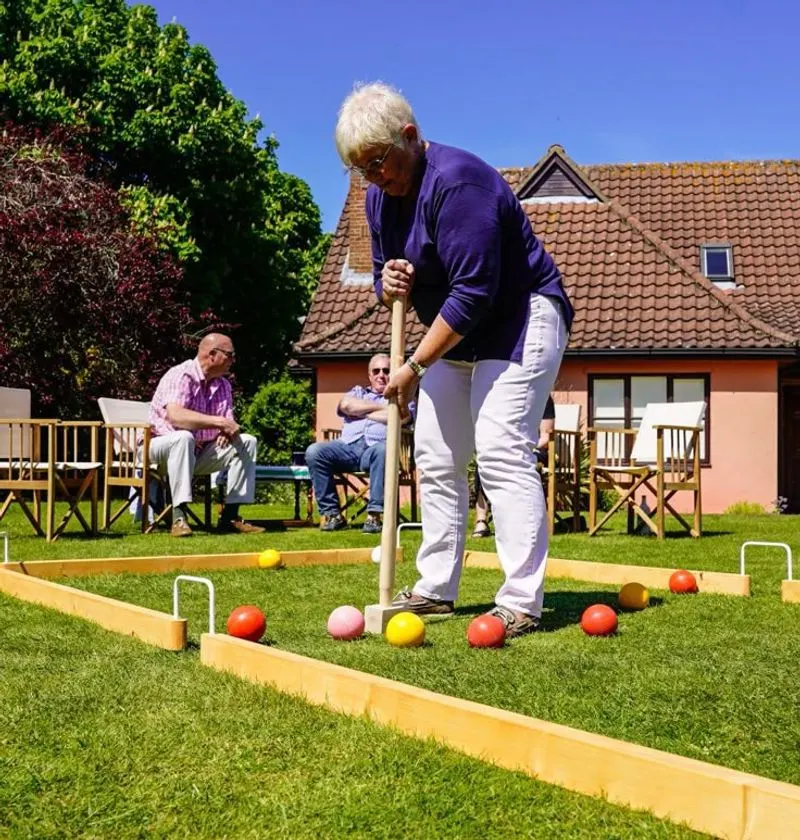
Garden games offer playful engagement and a chance to enjoy friendly competition. Alzheimer’s patients can participate in simple games like bocce ball or bean bag toss, which encourage physical activity and social interaction. These games stimulate coordination and strategy, enhancing cognitive and physical skills.
Playing in a garden setting adds a joyful dimension, as players are surrounded by natural beauty. Laughter and camaraderie create moments of happiness and connection, strengthening bonds with family and friends. This activity highlights the joy of play and the garden as a vibrant social hub.
Building a Miniature Garden
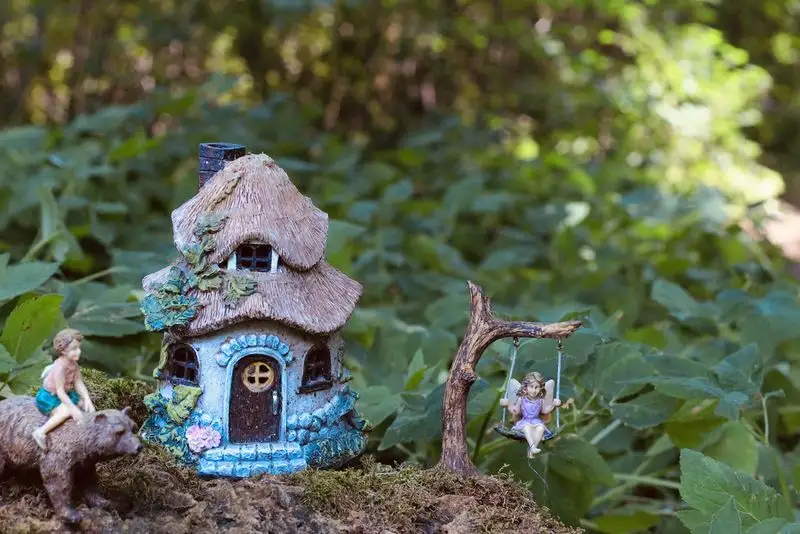
Building a miniature garden offers Alzheimer’s patients a chance to create a tiny world full of imagination and whimsy. Selecting miniature plants, ornaments, and themes allows for personal expression and creativity. The process of crafting these small landscapes promotes concentration and fine motor skills.
The miniature garden becomes a conversation piece, inviting admiration and storytelling. It serves as a symbolic reflection of patient care, growth, and beauty. This activity encourages mindfulness and provides a sense of accomplishment, as patients nurture their miniature oasis.
Hosting a Story Circle
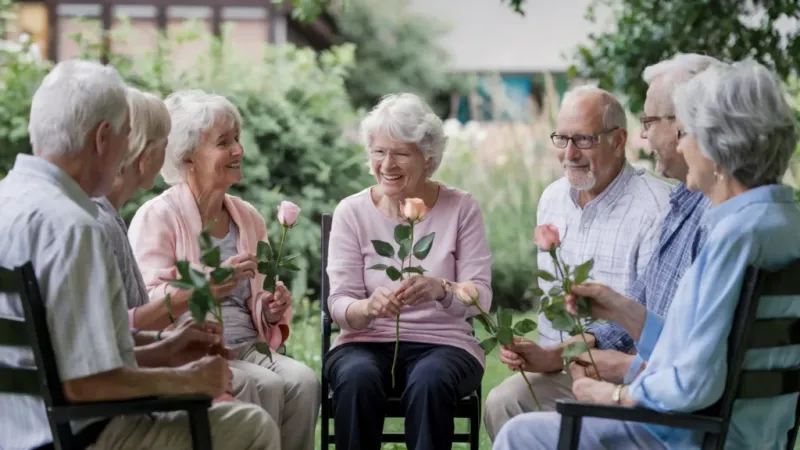
A story circle in a garden setting offers Alzheimer’s patients a platform to share memories and listen to others. This engaging activity fosters communication and connection, enhancing social bonds. The garden provides a serene backdrop that inspires storytelling and reflection.
Listening to and sharing stories encourages empathy and understanding, sparking joy and laughter. This communal activity strengthens relationships and creates a sense of belonging. The garden becomes a living canvas for shared experiences, where stories unfold and memories are cherished.
Cultivating Bonsai Trees
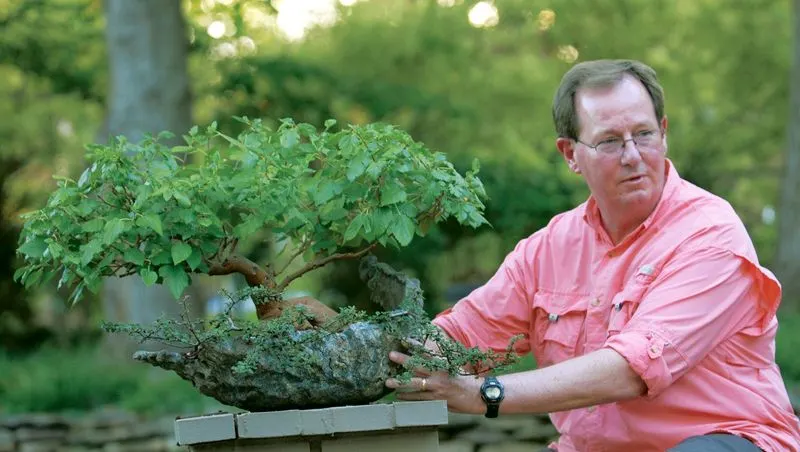
Cultivating bonsai trees offers Alzheimer’s patients a rhythmic and meditative experience. The art of shaping and nurturing these miniature trees encourages patience and attention to detail. This practice promotes mindfulness and a deep connection with nature.
The beauty and elegance of bonsai trees can inspire admiration and conversation. Sharing this art form with others fosters connection and appreciation for nature’s intricacies. This activity highlights the therapeutic nature of gardening, offering both tranquility and a sense of accomplishment.
Exploring Garden Photography

Garden photography offers Alzheimer’s patients a new lens through which to view the world. The act of capturing nature’s beauty fosters creativity and awareness, sharpening focus and observation skills. Each photograph becomes a personal narrative, reflecting unique perspectives.
This activity allows patients to share their vision with others, creating connections and sparking conversations. The garden serves as a dynamic studio, where moments of beauty are immortalized. Photography encourages exploration and discovery, as patients find joy in capturing the fleeting wonders of nature.
Participating in Garden Picnics
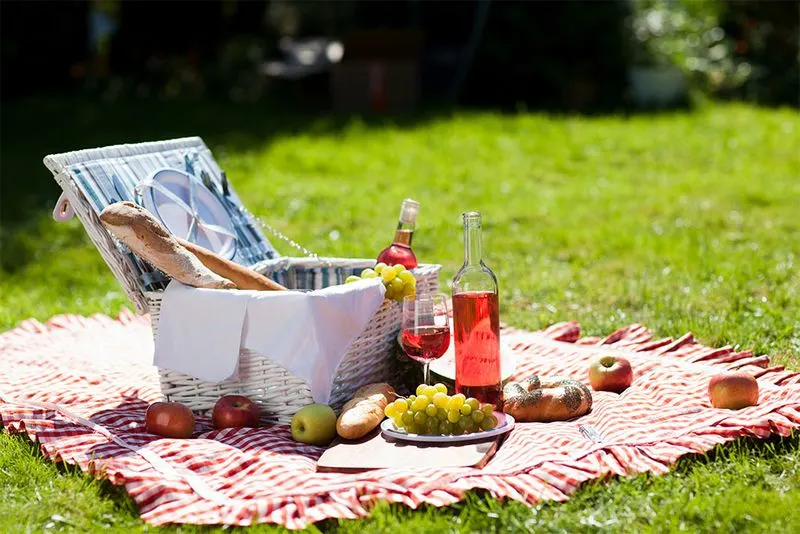
A garden picnic offers Alzheimer’s patients a delightful way to enjoy the outdoors. Sharing a meal in this scenic setting fosters bonding and relaxation. The sensory pleasures of taste, smell, and sight come together, enhancing the experience.
Simple preparations allow patients to participate, contributing to the occasion. The garden’s beauty provides a calming backdrop, encouraging conversation and connection with loved ones. This activity offers a nourishing break from routine, blending the joys of nature with the pleasure of good company.
Attending a Garden Concert
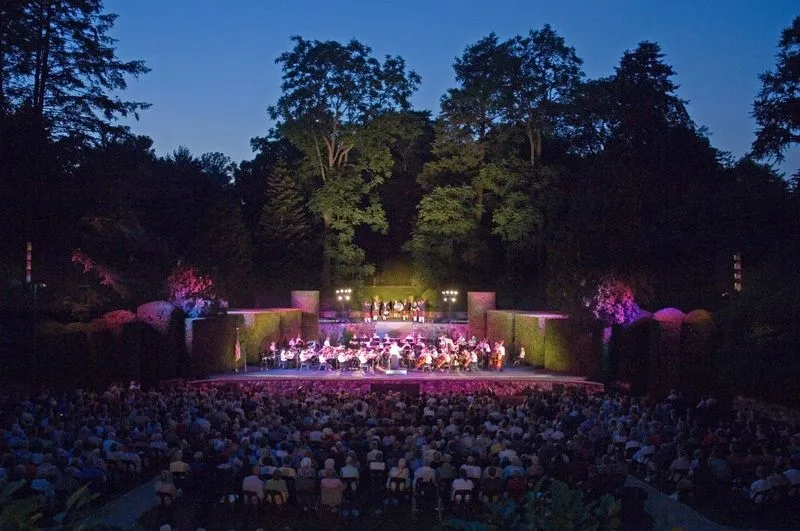
A garden concert transforms the natural setting into a vibrant cultural experience. Alzheimer’s patients can enjoy live music amidst the beauty of the garden, where melodies harmonize with nature. This auditory feast stimulates emotions and memories, offering both entertainment and solace.
Attending with family and friends enhances the sense of community and celebration. The garden becomes a stage for shared enjoyment, where music and nature create a symphony of joy. This activity enriches the soul, offering a unique blend of culture and tranquility.
Creating Garden Sculptures
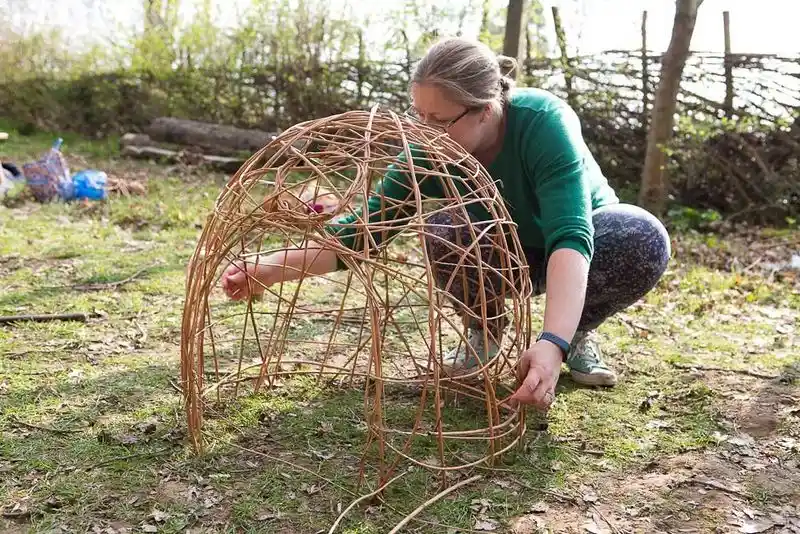
Creating garden sculptures allows Alzheimer’s patients to express creativity through tactile art forms. Working with clay, stone, or other materials encourages focus and artistic exploration. Each sculpture becomes a testament to personal expression and skill.
The garden provides inspiration and a serene space to work, enhancing the creative process. Sharing the sculptures with others fosters connection and admiration. This activity offers a tangible sense of achievement, as patients see their creations come to life amidst the garden’s beauty.
Garden Path Story Strolls

Every garden path has a story to tell. Creating story plaques along a garden trail transforms a simple walk into a journey through narratives and memories.
This activity encourages Alzheimer’s patients to engage with storytelling, enhancing cognitive function and sparking imagination. Reading and discussing the stories along the path can also foster social connections.
Fun fact: Storytelling is one of the oldest forms of communication, dating back to ancient civilizations. Incorporating this tradition into the garden helps bridge generations and cultures.
Building a Birdwatching Station

Imagine a garden alive with the flutter of wings and chirping melodies. Building a birdwatching station offers Alzheimer’s patients a delightful way to connect with nature. Creating a space that attracts birds can be a calming and rewarding experience.
Constructing feeders and placing water sources invites colorful visitors, bringing joy and a sense of purpose. It encourages gentle physical activity and stimulates cognitive functions as they identify different bird species.
Did you know? Birdwatching is linked to improved mood and reduced stress levels. This activity fosters patience, observation skills, and a deeper appreciation for nature.

